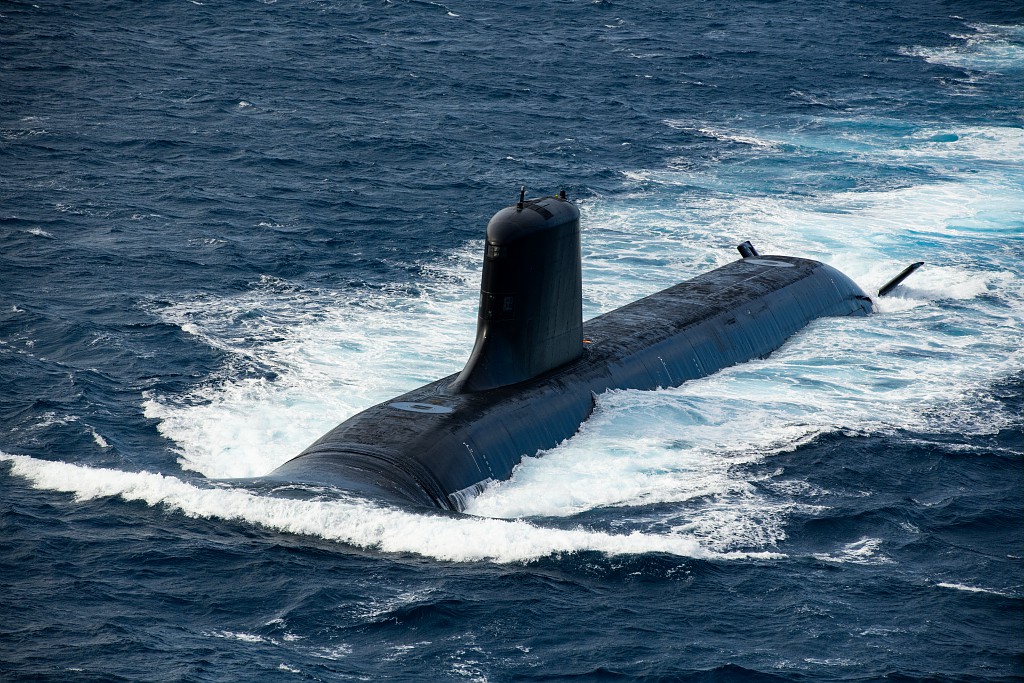Naval Nuclear Propulsion: The Technical and Strategic Challenges of a Restricted Technology

The technical and operational capabilities of naval nuclear propulsion - discretion, power, autonomy and manoeuvrability - make this technology a strategic asset for nuclear deterrence.

As a result, while the priority of military nuclear research during the Second World War was assigned to nuclear weapons, the end of the conflict enabled scientifically advanced nations to rethink the usefulness of nuclear energy for propulsion purposes - and, first and foremost, the United States and the Union of Soviet Socialist Republics (USSR), motivated by the power rivalry inherent in the Cold War. This technique was gradually adopted by all nuclear-armed states, at the cost of numerous attempts and sometimes serious accidents, particularly in the USSR, stressing the importance of a culture of safety and security.
This historical lessons of the Cold War, in both technical and operational terms, are now fully relevant, while nuclear propulsion arouses the curiosity of new actors; India first, thanks to Soviet and then Russian support, but also Brazil, renewing its old interest in submarines. The AUKUS agreement, which provides for the sale and construction of nuclear attack submarines in Australia through a partnership with the United States and the United Kingdom, represents an even greater breakthrough in the development of nuclear propulsion in the 21st century, by enabling for the first time a non-nuclear weapon state to own nuclear powered submarines. The imperatives of safety, industrial rigour and non-proliferation argue in favour of maintaining a policy of non-exportation of this technology, and respect of the highest standards for countries already developing nuclear propulsion.
This report is available in French.

Available in:
Regions and themes
ISBN / ISSN
Share
Download the full analysis
This page contains only a summary of our work. If you would like to have access to all the information from our research on the subject, you can download the full version in PDF format.
Naval Nuclear Propulsion: The Technical and Strategic Challenges of a Restricted Technology
Related centers and programs
Discover our other research centers and programsFind out more
Discover all our analysesThe Franco-German Brigade and the Revival of European Defense
One thing has been clear since Donald Trump's return to the White House: the very existence of the European unification project is threatened. Unless it develops a sovereign defense policy to counter the war in Ukraine and the weakening of American security guarantees, the European Union will continue to see its internal cohesion and external attractiveness wane.
Taking the Pulse: Can Europeans Build Their Independent Extended Nuclear Deterrent?
Confronted with a U.S. disengagement and the Russian threat, Europeans are reconsidering their stance on nuclear deterrence. Given the capabilities of the French and British arsenals, can Europe develop an independent nuclear deterrent?

RAMSES 2024. A World to Be Remade
For its 42nd edition, RAMSES 2024 identifies three major challenges for 2024.
A Transatlantic Defense Industrial Base? Two Contrasting Views
The evolving landscape of global defense cooperation has brought the transatlantic relationship between the United States (US) and Europe into sharp focus. As geopolitical tensions rise and the threat environment becomes more complex, the question of how Europe can best ensure its security while navigating its relationship with the United States has become paramount. This double feature report offers two contrasting views on the dynamics of US-Europe defense industrial relations, highlighting the challenges and opportunities that lie ahead for both parties.













